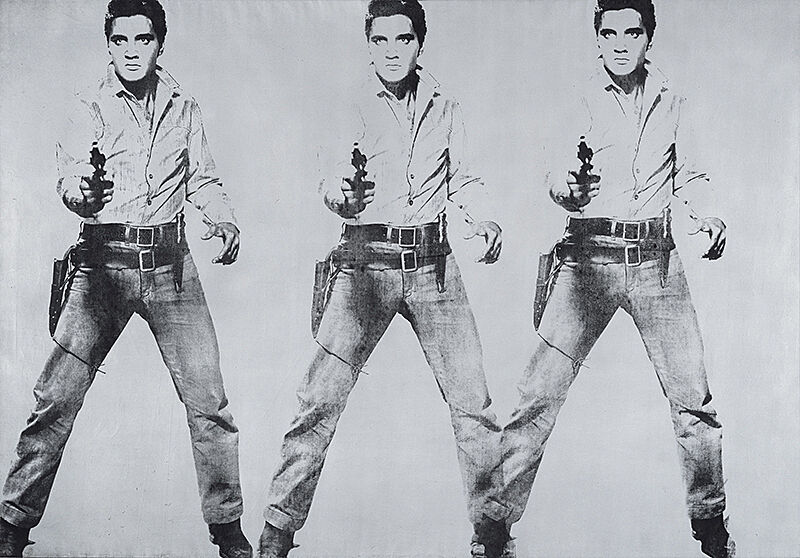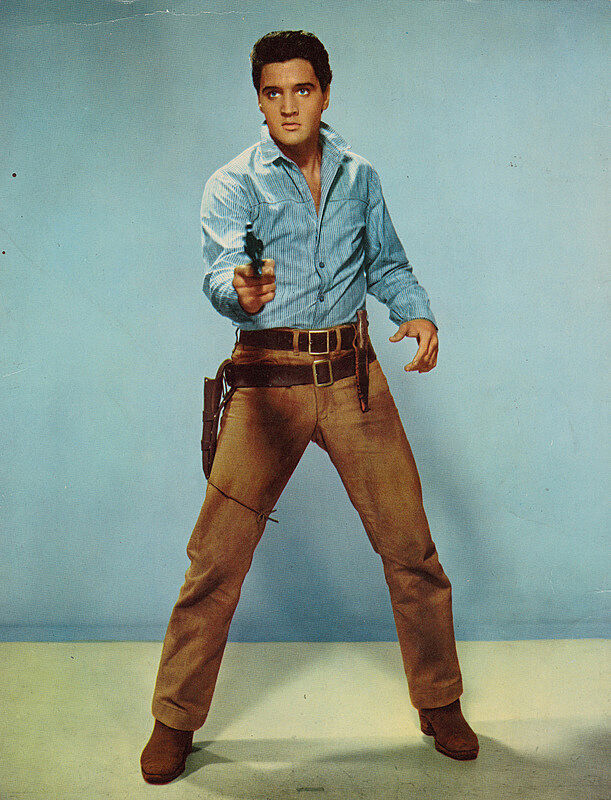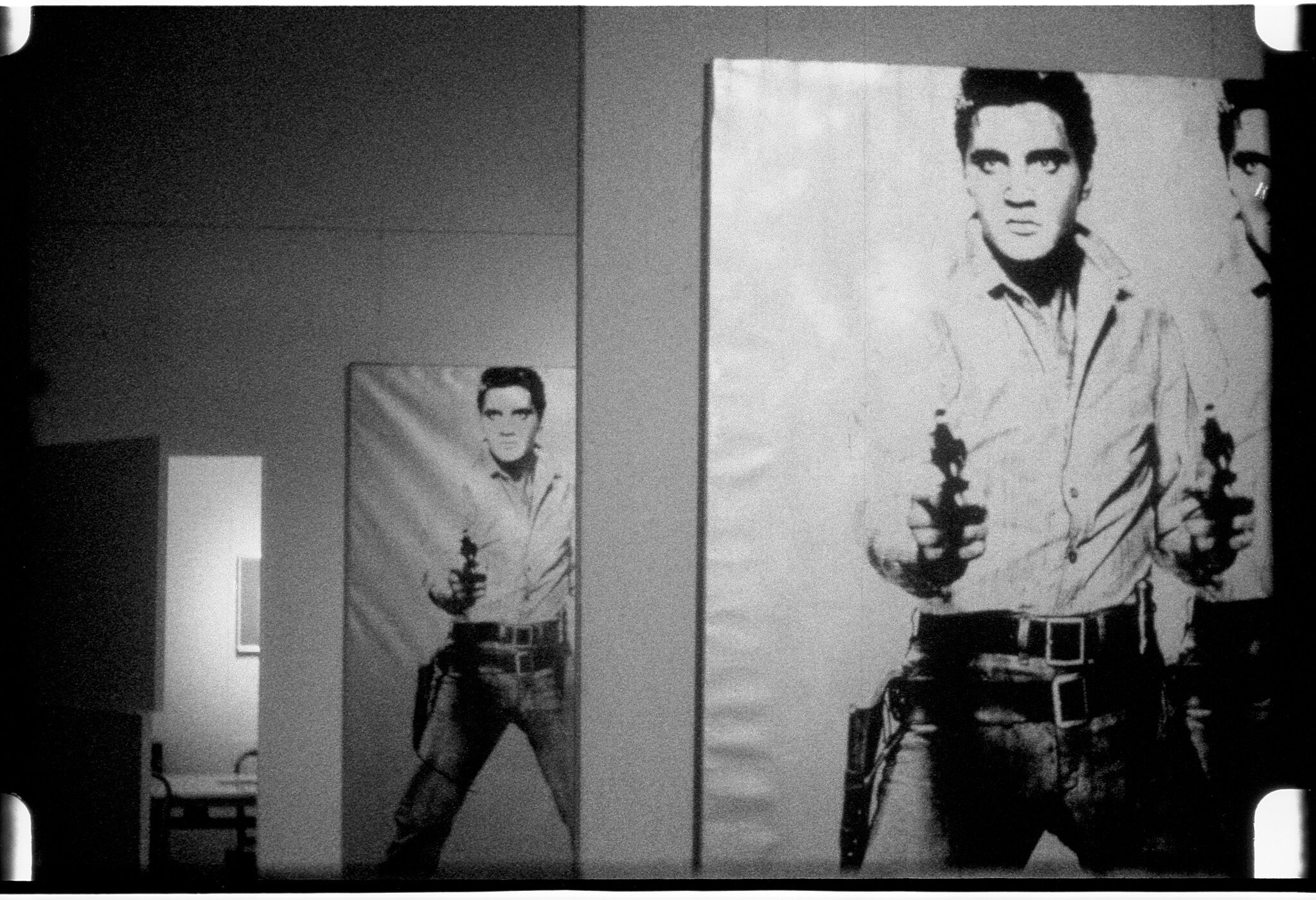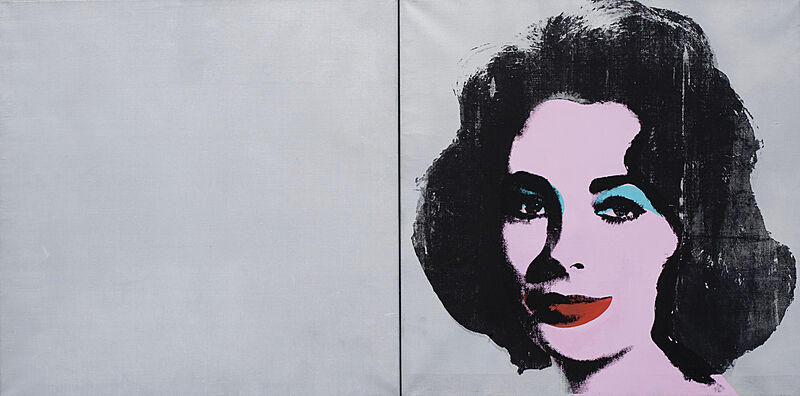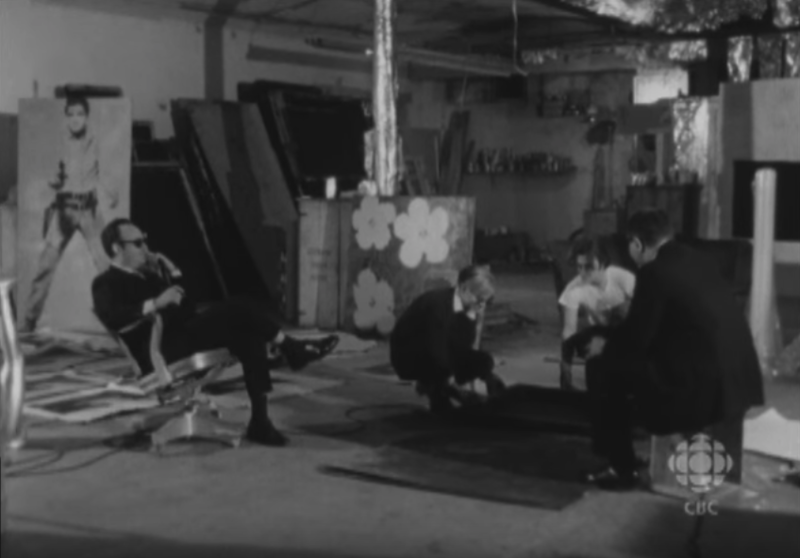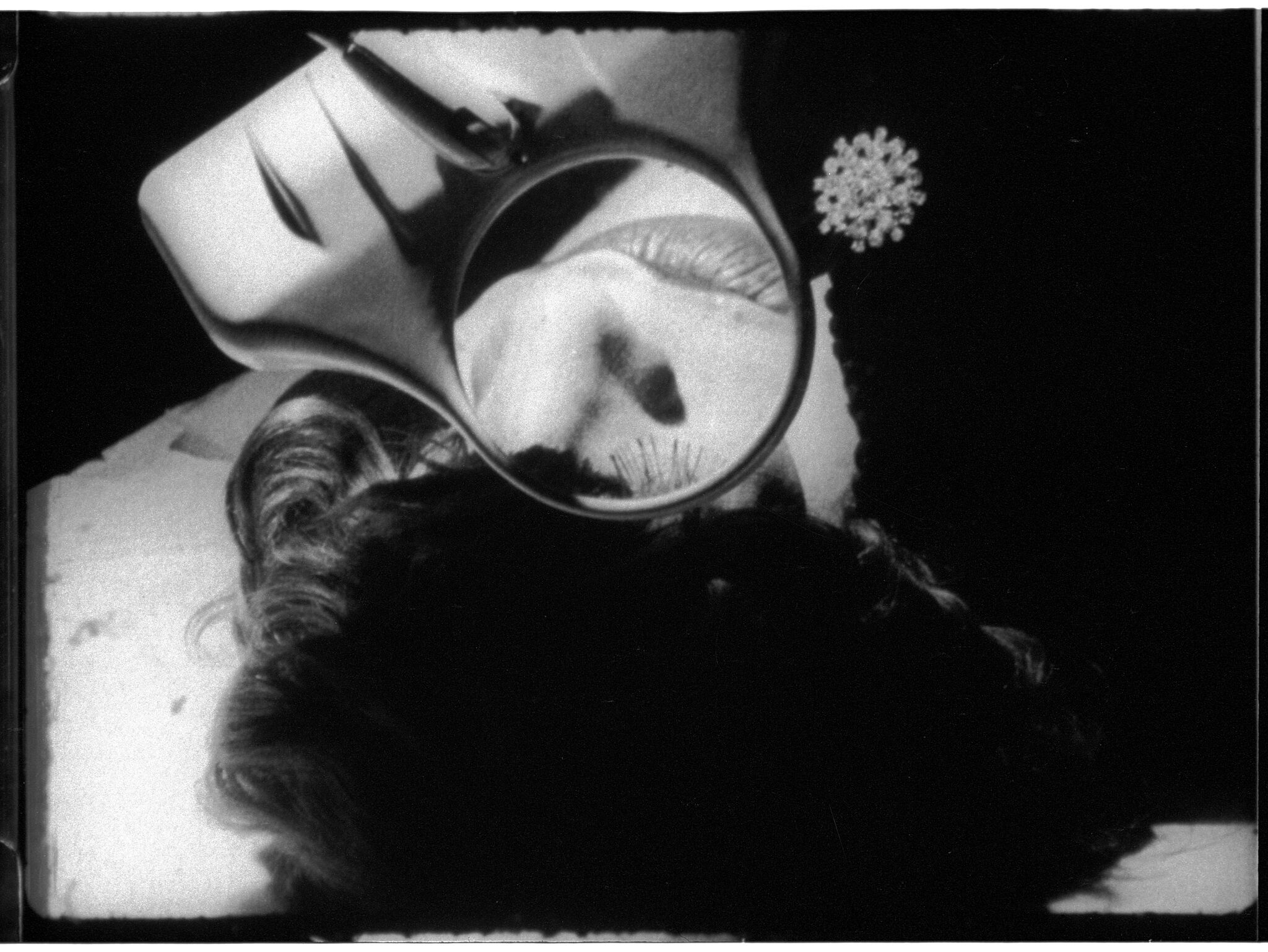Andy Warhol— From A to B and Back Again | Art & Artists
Nov 12, 2018–Mar 31, 2019
Andy Warhol— From A to B and Back Again | Art & Artists
Silver Screens
4
Warhol's use of the silkscreen remains his most crucial breakthrough. In 1962 he began screenprinting photographic imagery directly onto his canvases, so that the photograph, selectively cropped, became both the subject of the painting and the means by which Warhol made it. Warhol had a long-standing fascination with celebrities and famous movie stars, often reflecting larger cultural obsessions. Many of his early silkscreened paintings were of Hollywood’s latest crushes: Warren Beatty, Marlon Brando, Troy Donahue, Elvis Presley, and Natalie Wood. For Warhol the timing and selection of his subjects was crucial. He created portraits of Elizabeth Taylor and Marilyn Monroe when their personal lives were made highly public: Silver Liz (diptych), (1963) was made when Taylor had an affair and health crises while filming Cleopatra; his paintings of Monroe were created shortly after her fatal overdose.
“So many people seem to prefer my silver-screenings of movie stars to the rest of my work. It must be the subject matter that attracts them, because my death and violence paintings are just as good.”
Triple Elvis [Ferus Type], 1963
Elvis Presley appears here in a series of silkscreens created using a promotional still from the 1960 Western Flaming Star. Warhol was unable to travel to Los Angeles for his 1963 exhibition of his Elvis paintings at the Ferus Gallery, so he instead sent sets of presized stretchers and an uncut roll of painted canvas to the gallery. The artist instructed Ferus director Irving Blum to prepare the works and hang them edge to edge around the perimeter of the gallery. Warhol later documented this installation in the film Elvis at Ferus (1963).

